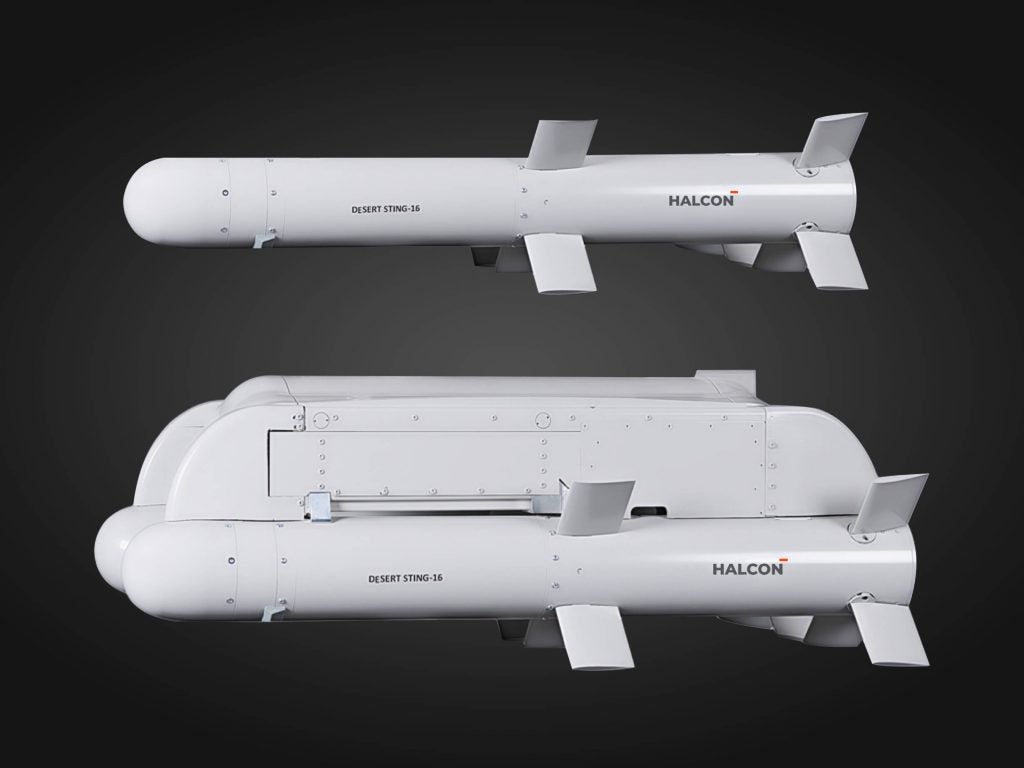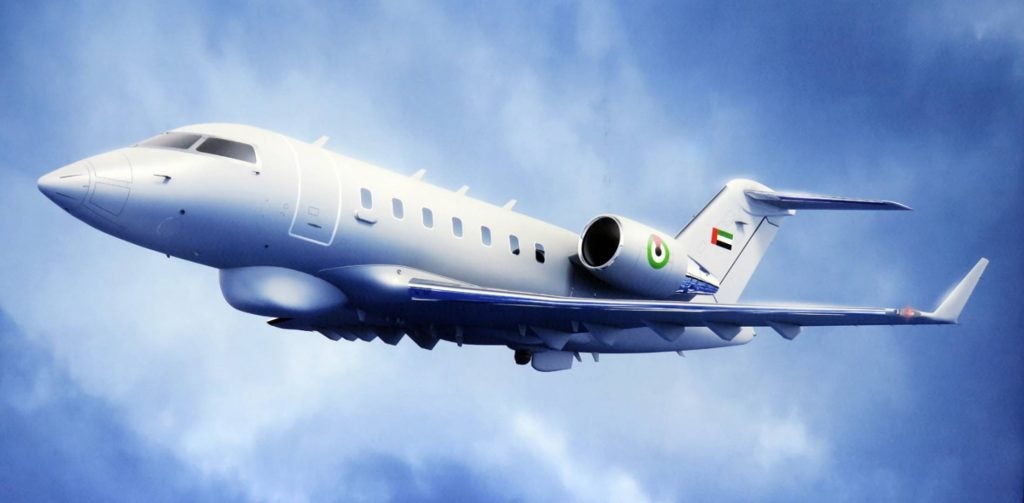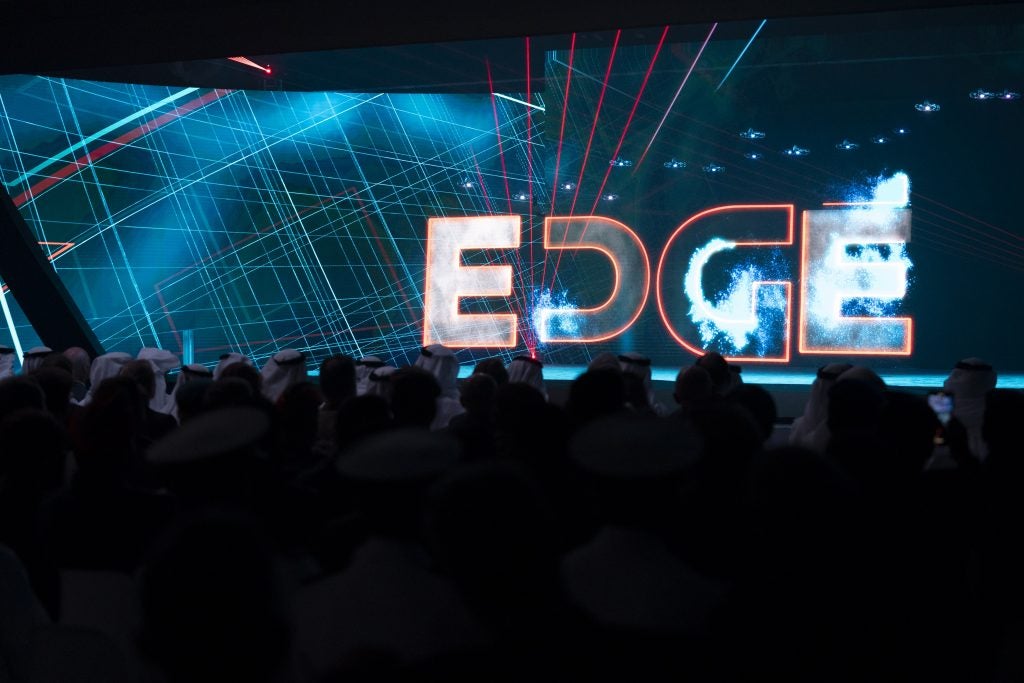Emirates Try to Unify Their Domestic Defense Industry into Edge Group
The 2019 Dubai Airshow has been the biggest year yet for the rapidly growing Emirati defense industry. A few weeks before the show it was announced that 25 of the nation’s fledgling defense companies would be combined into a large conglomerate known as Edge Group. The group includes a diverse set of expertise with including Nimr who produces armored vehicles, Caracal who produces small arms, and many others including support service providers. The new company is putting an emphasis on bringing the innovation, streamlined development, and cost-effectiveness of the commercial sector into the Emirati defense industry.
Faisal al Bannai, the founder of Axiom Telecom, has been appointed CEO due to his success in the telecom and cybersecurity sectors. While the long term goal is to export to the African and Southeast/Central Asian market the immediate goal is decreasing reliance on foreign weapon systems. At this year’s Dubai Airshow several contracts were handed out to begin this process.

The largest of these was a $1 billion contract to Halcon Systems, a subsidiary of Edge, for the production of Desert Sting-16 munitions for the UAE military. The Desert Sting is a family of light glide munitions similar in class to the Griffin A that has seen wide use with the USAF. Like the GBU-69 and Hatchet covered previously on Overt Defense, the Desert Sting is intended to increase the number of munitions that can be carried by light aircraft including UAVs.
Three variants exist, the Desert Sting-5, 16, and 35 which range in weight from 10 to 50 kg. The DS-5 is able to be quad packed on each hardpoint with the other two being twin packs. These weapons are GPS/INS guided with semi-active laser guidance for greater accuracy in the terminal phase. Light munitions such as these are perfect for use in the asymmetric conflicts the UAE typically finds itself involved in such as over Libya.
Halcon also produces the Thunder munition which is nothing more than a domestic analog to JDAM, a GPS/INS guidance kit for existing dumb bombs. Such a weapon is an obvious choice for the domestic industry given it’s both simple and being constantly expended during combat operations.

A few months prior Aquila Aerospace, now a part of Edge Group, announced they would be converting two Bombardier Challenger 650 aircraft into surveillance (ISR) aircraft. The first of these was shown off at the airshow in its unmodified state. After flight testing, Aquila will begin cutting holes in the airframe and adding mission systems. The primary sensor will be a multi-mode radar on the belly able to track and create radar images of surface/maritime targets. An electro-optical sensor and signals intelligence antennas will also be included.
The aircraft concept looks very similar to Boeing’s Maritime Surveillance Aircraft, so similar in fact, that the company uses an image of the Boeing MSA as a placeholder on its website with tail numbers and company logos photoshopped off. The push to create a domestic conversion ability is likely driven by the astounding cost ($350-400 million per aircraft) that has come with the conversion work done by the British firm Marshall, who is converting two Global 6000s into signals intelligence aircraft for the UAE (you can read about this here). Long term Aquila hopes to export converted aircraft.

